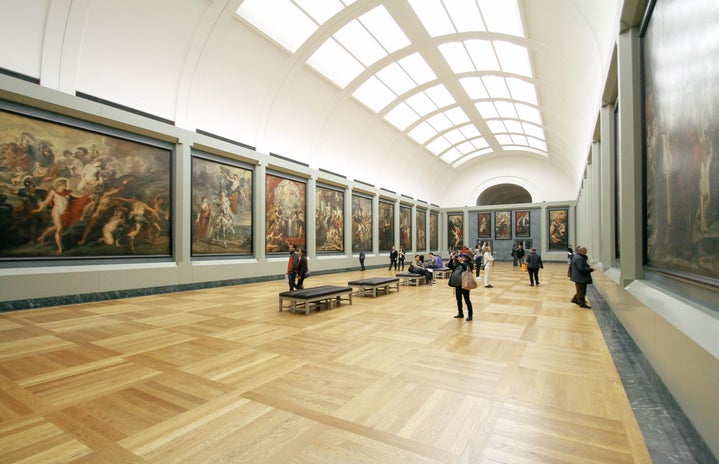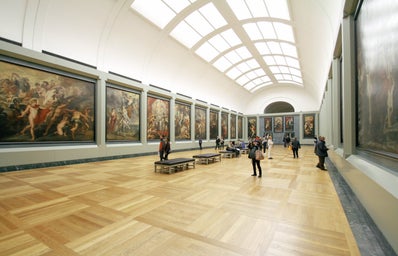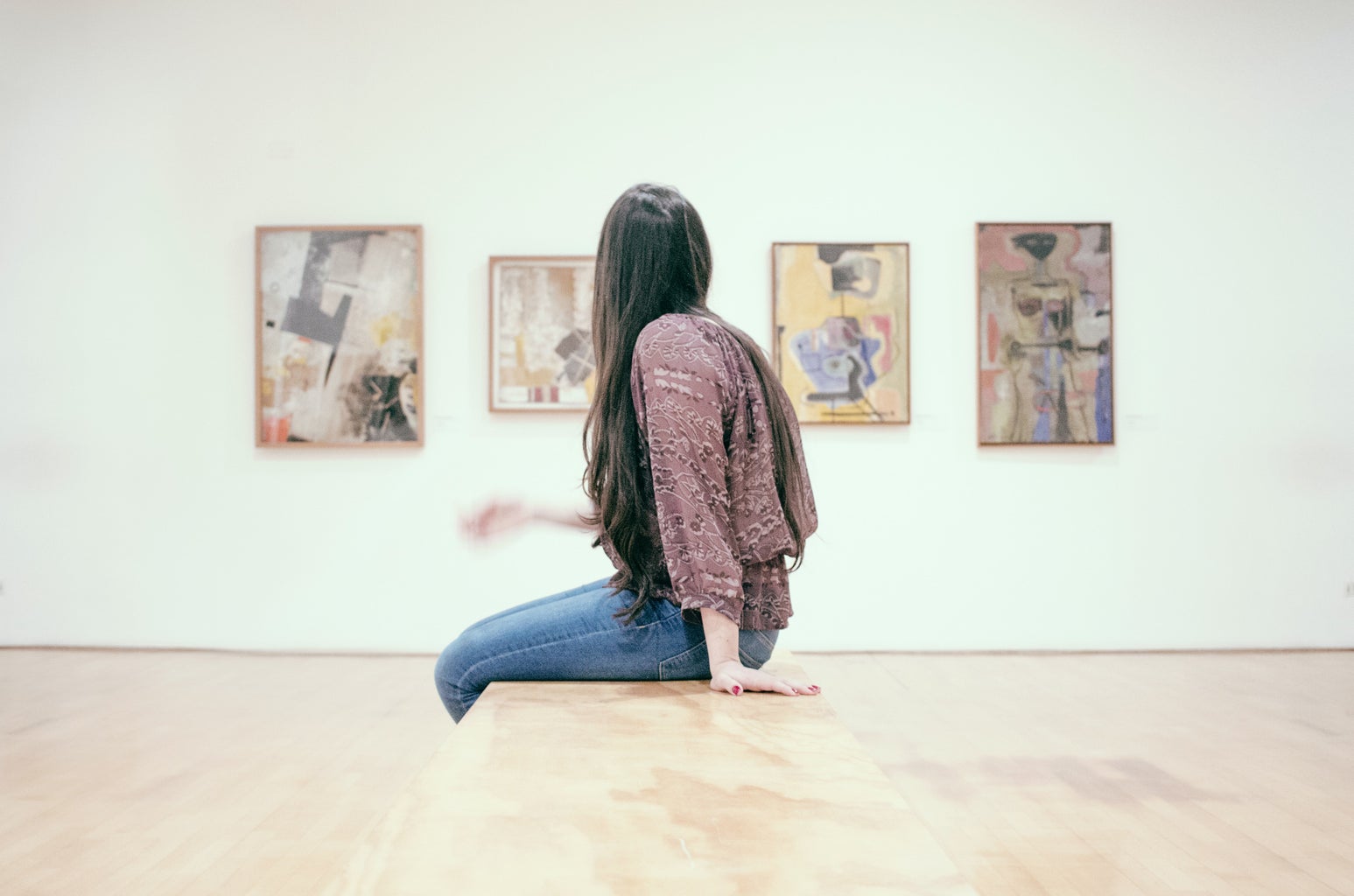If you ever find yourself wandering through gallery after gallery in art museums around the world, such as the Metropolitan Museum of Art in New York City, the Louvre in Paris, or the National Gallery in London, you may not notice a great quantity of women artists, but instead discover great amounts of women as fantasized subjects in the works of art. Although contemporary art is much more inclusive — addressing issues of diversity, equity, inclusion, and social justice — for centuries, art was largely confined to white men who had access to artistic education and training.
To this day, women and people of color are still disproportionately underrepresented in museums in the United States. However shocking this might be in contemporary culture, the overwhelming lack of female artists represented in the art world prior to recent centuries was typical and intentional.
For hundreds of years, there were only rare cases of “great women artists,” with most artistic genius being attributed substantially to men. Some might argue the misogynistic perspective that women were simply incapable of producing great works of art, but this could not be further from the truth. In fact, a great majority of women were denied access to artistic education and training solely because of their gender.
The Royal Academy of Painting and Sculpture, established in 1648, dominated the arts in France until 1763. During this span of over 100 years, only four women in the Academy’s history were accepted — three out of four of which had husbands already in the Academy, and the last had royal connections that allowed her to gain entry. In addition to being highly skilled artists, women carried the additional obstacle of securing a connection that would force their gender to be overlooked– a challenge men did not have to overcome.
A depiction that male artists often imposed onto their female subjects was through the common theme of the reclining female nude, presenting women as objects of desire. Knowing this, it becomes obvious that when these male artists depicted women as their subjects, it was through a hyper-feminized and sexualized male gaze.
Two examples that provide visual manifestations of this phenomenon include Titian’s 1534 work, “The Venus of Urbino,” and Jean-Auguste-Dominique Ingres’ 1814 piece, “La Grande Odalisque.” Although these two works of art are separated by almost three centuries, they maintain the theme of portraying women primarily for the pleasure of the viewer, rather than for the woman herself. Both of these women have their attention focused directly at their audience, rather than the scene occuring around them. Given that the primary viewers of these pieces are the painters themselves, they are in a way inserting themselves into the scene, positioning the women as mere objects to be gazed at.
Titian’s “Venus of Urbino” presents another common trope of the era. Because he refers to his nude female subject as “Venus,” he uses mythology as a blanket to cushion the woman as more acceptable to the viewers. This pattern is also evident in Agnolo Bronzino’s oil painting “Venus, Cupid, Folly, and Time” as well as Giorgione’s “Sleeping Venus.”
Women have been and remain essential to the development and evolution of art. Artemisia Gentileschi, trained by her father Orazio, became the first female member of the Academy of Arts of Drawing in 1616, marking a significant step for women in the art world. Likewise, Angelica Kauffman broke into the male-dominated genre of history painting, earning commissions from European nobility and demonstrating that women could succeed in all areas of artistic creation. Frida Kahlo, renowned for her self-portraits, emerged as one of the most famous Mexican artists of her time, paving the way for female artists to express personal feelings and frustrations openly through their work.
As we continue to celebrate the contributions of women in the arts, it’s crucial to recognize both the historical barriers they faced and the incredible strides they’ve made. Today, more than ever, we see a rich tapestry of voices in the art world, and it’s a reminder that the stories of women artists are worth telling. So, the next time you visit a gallery, take a moment to look beyond the canvas and consider the women who have shaped the art we admire today.



